Social Networking Sites a crucial platform for brand promotion
Adgully speaks to India's leading brand nurturers and digital agencies to understand how they are leveraging the networking revolution.
Why Social Networking Sites?
"India's population puts us at an advantage!" said Arun Mehra, the COO of Zapak Digital Entertainment Ltd. "The online penetration is just 3-4 per cent, and less than 1 per cent of our total population has a Facebook account. And the percentage of people using Twitter is even smaller." Mehra said that despite the percentages, India was already the 5th largest consumer of Twitter in the world, owing largely to Bollywood's enthusiasm for it. "And we are in the Top 10 list of consumers of Facebook. The influential audience is definitely online and things are getting better by the day," he said.
Rahul Mehta, the business head of Ching's Secret, said, "There are approximately 5 crore Indians and 1 crore NRIs online. Facebook alone has 1.2 crore Indians and 40 lakh NRIs." Mehta said the RoI on social media was substantially higher than what was offered by traditional media. "These numbers are comparable to most national newspapers," Mehta said. "Facebook is best place to reach Sec A+, A and B+. With internet penetration deepening, the numbers will rise in the next three to four years," he said. Ching's Secret has 98,826 (and counting) fans on Facebook.
Khushboo Maheshwari, the head (digital) of OMD, said, "Today, 5% of Indian population has an online presence and it is growing at a rate of 35% CAGR. In other words, 50 million users have a presence on social media." And the numbers were growing, Maheshwari said. "With the government planning to spend Rs18,000 crore over the next three years to lay a 5 lakh km optic fibre cable network to reach every gram panchayat, the growth rate is going to touch 100% CAGR," Maheshwari said. Mobile, web, and broadband will be critical to the growth in the coming years, Maheshwari said.
Mihir Ferrao, who looks into Social Media Optimization and ORM at Starcom IP feels that Internet in India needs to grow by atleast 20 to 25% year on year, to shake off the constant comparisons with TV and Print. He said, "The only reason why we do not get a fare share of advertising budgets is because, next to the reach & penetration of TV or Print, we are very small. But if we look at the concentration of brand TGs on TV & Internet, then surely the Internet will have higher traction."
Saagar Dhoke, the founder of FunElement said that the e-revolution had helped to bridge the gap between the product and the end consumer, be it for a movie or an FMCG product.
As for the group being targeted online by marketers, Ritesh Patel, the brand manager of CEAT, said, "Social media has indeed proved to be a very useful medium for a brand like CEAT." He said that CEAT aspired to be a youthful brand. "And it finds complete match of TG in this medium," he said.
The Approach
Sandeep Singh, the business head of Quasar, said that promotional activities designed for online platforms could be a campaign lead in which the target audience is engaged for a specific purpose and for a short duration. Or, brands could choose a more strategic and long-term initiative. "In a campaign lead, the idea is to use social media platforms to create a buzz and receive feedback from the community represented by the target audience," Singh said. "Strategic initiatives involve the management of social presence from brands' online-reputation standpoint, and the use of social platforms as a medium of continued dialogue with the prospects and customers." Singh said experience suggested that the one-size-fits-all approach did not work. "Every product and campaign needs a different approach and activation strategy," he said.
Maheshwari of OMD described one of the agency's typical media activity. "Motilal Oswal Financial Services Limited has been quite active on the social media," Maheshwari said. "We have uploaded Wealth Creation Study (WCS) Videos on YouTube and also created a LinkedIn event page for the WCS awards ceremony. Besides, we also have a Scribd page where we have uploaded different annual WC Studies." The creation of Wikipedia pages on the Motilal Oswal Group, on Motilal Oswal and Raamdeo Agrawal had been completed, Maheshwari said. "As a result of these activities, seven out of 10 results on Google are owned and controlled by Brand Motilal Oswal for the search Wealth Creation Study," Maheshwari said.
Zapak has carried out several similar campaigns; Axe, Ponds, and Mahindra campaigns †which used a mix of available options †are among the most successful Zapak works. Mehra listed the focus areas: "Fan pages and groups, gaming and other fun applications on platforms like Orkut and Facebook, an active handle on Twitter." Mehra said it was essential to link the APIs (application programming interface) like OpenID and Facebook Connect to one's site to promote easy communication and conversations.
Ching's Secret advertises regularly on Facebook and YouTube, the brand's Mehta said. "But a lot of traffic has been generated virally because of the content, quizzes, contests on Facebook." He said that in the end, social media was a long-term strategic investment. "It is not brand building but genuine relationship creation and maintenance," he said. "And like any relationship, it takes time to build."
Describing the two aspects of promotion †social applications and paid advertising †Vahishta Mistry, the VP (interactive) of UTV Bindass, said, "We use both options equally well." For "Emotional Attyachar', social advertising was placed on Facebook and other sites. "And we also released an application on Facebook," Mistry said. "Applications turn on engagement to high levels, users get to communicate with the brand, and they understand the values of the shows." On the other hand, advertising draws people who are unexposed to the brand, Mistry said. "So the two options serve different purposes and we use as much of both as we can," he said.
Patel of CEAT said that any one people-engagement tactic would not work in isolation. "If you create a fantastic social application and do not promote it, it will die a natural death owing to the lack of critical mass required to give it a viral effect," he said. "Similarly, only paid advertising will fail to generate brand interaction with consumers which is the essence of social media." Such a tactic would evoke the feeling of a one-night stand and customer would probably not engage with the brand in question in the future, he said.
Starcom IP's Ferrao, also said that lots of their clients are slowly waking up to the fact that social media is a growing phenomena in India. He informed, "Some of our clients whom we have brought onto the social space are Himalaya Herbal Tea and Foster, while we are enhancing the social presence of brands like Tata Teleservices and Pantaloons." He said that the results they have got, in terms of fans on Facebook and followers on Twitter etc. have given the client reasons to be excited. "And has initiated thoughts of how do we leverage these groups further," he said.
Pros and Cons
"Every platform has certain advantages and disadvantages, so I don't think it's a question any longer of you wanting to be on it or not," Mistry said. "The advantages are varied: right from being able to monetize certain things to being able to put your content out there; to getting feedback from users." In the past, people could not connect to a brand on a one-on-one basis, but social media allowed that to happen, he said.
"Most brands feel that going to SNS will put their brands up for public scrutiny, which is considered a disadvantage," Singh of Quasar said. "But I consider that to be an advantage because it gives you a good reality check to improve your product or service." But on this channel, Singh warned, one wrong step could snowball into something highly detrimental to one's brand, in matter of minutes. "So you should learn to do it well than not doing it at all, as you can't run away from such platforms if your consumers are flocking them," he said. "You will have to embrace them today or tomorrow."
What about the negative comments that a forum or community receives on a day-to-day basis?
FunElement's Dhoke said, "SNS can definitely contribute to making or breaking the brand image. Brands should be very cautious in venturing into SNS." While developing advergames for the brands, Dhoke suggests subtle branding techniques to his clients. "Constant hammering of the product is a complete turn-off to the player and user," he said. "Same applies to social applications and games. The app should highlight the main features of the app in a very exciting way rather than in the brochure style."
Maheshwari endorsed Dhoke's assertion about treading carefully. "Yes, a single bad comment or rumor can severely damage the reputation that a brand like MOFSL has taken great pains to establish over the years," Maheshwari said. "Also since SNS connect users from different parts of the world, it takes little to no time for bad news to spread."
Patel strongly believes that a consumer's negative feedback could be used to create customer delight. "Today, more and more brands are engaging directly with consumers through various discussion forums, networking sites and forums to understand their expectations," he said.
Ferrao of Starcom IP sees the clear advantage of social networking sites in the entire brand experience which one can bring to the consumer. He said, "With Facebook and Twitter, you can communicate so many brand properties to those people who want to listen!" he believes that by doing so, you know the effort is not going to waste and that your initiatives could actually lead to sales.
The Future
Patel also highlighted the fact that only a select age group was active in social media. "While Youngistan is spending more time online, the older age group is not very active yet," he said. "Also, online options are more popular in metro and tier-II cities. Internet penetration is still an issue in rural India."
But Dhoke sees things differently. "Things will change in the next five to six years," he said. "When 3G is operational, the number of internet users will grow by about 25-35%. It is estimated that by 2013, India will have the third largest Internet user base."
Singh goes a step further and says that as in the West, the audience is now online. "When you refer to the audience, these are the guys with high disposable incomes and spending power," he said. "These guys are online for sure. And most brands are eying their wallets. If you talk about numbers, we still have some way to go to before the medium reaches the masses."
Mehra said that the Indian audience was enjoying the internet and its offerings. "Gaming is an offering that has now become a passion among the youth," Mehra said. "The online gaming industry is growing and how! Year-on-year, we are recording a rise in the number of gamers in the country." He said that Zapak, which was started just three years ago, already had 7 million unique registered users, and continues to grow. "Soon, there will be a day when the online Indian farmers on "Farmville' will outnumber all the real farmers of our country put together," he said.



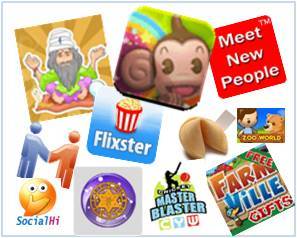

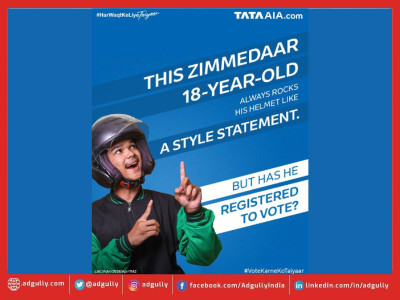
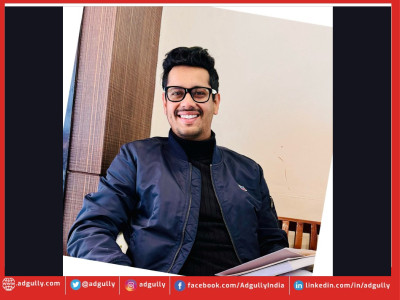




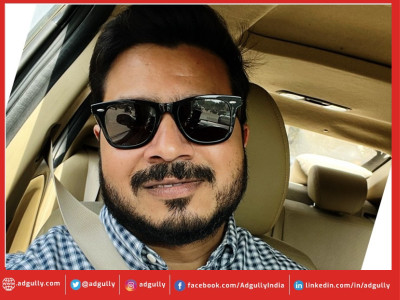
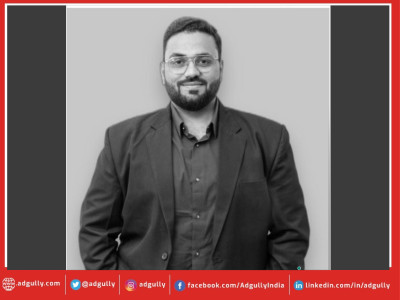
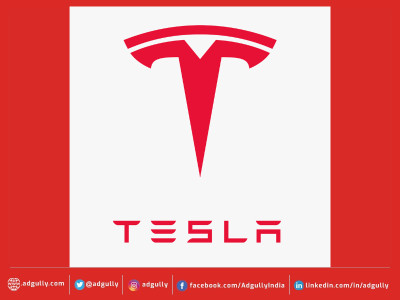
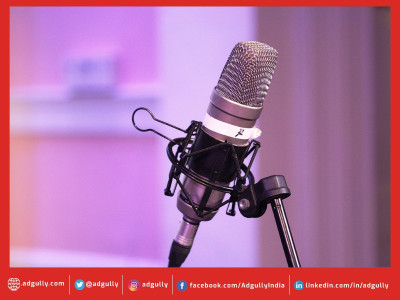
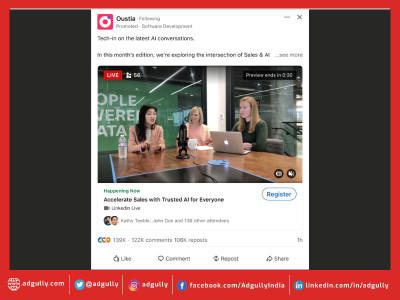



Share
Facebook
YouTube
Tweet
Twitter
LinkedIn